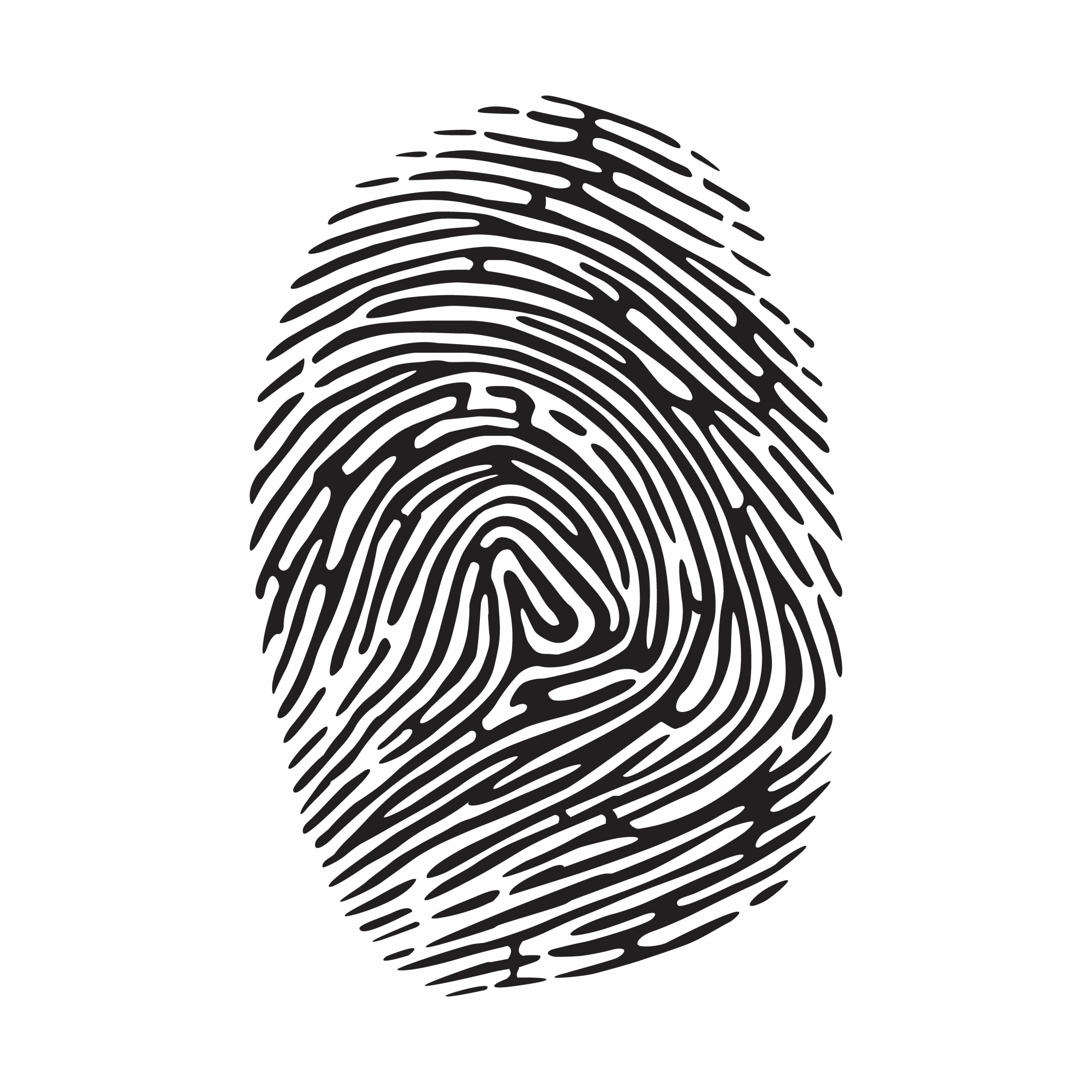Fingerprinting technology has evolved significantly, transitioning from traditional ink methods to the more advanced Live Scan technique. While both methods serve the essential purpose of capturing fingerprints for identification and background checks, there are critical differences in their methodologies, applications, and efficiencies. This blog post will explore these distinctions to understand why Live Scan is increasingly favored in various sectors.
Methodology: Digital Precision vs. Manual Process
Traditional ink fingerprinting is a manual process involving rolling each finger in ink onto a paper card. While historically prevalent, this method poses challenges like the risk of smudging and unclear prints. Additionally, these fingerprint cards must be physically mailed to agencies for processing, adding time to the procedure.
In contrast, Live Scan fingerprinting uses electronic equipment to scan fingerprints directly, omitting the need for ink. This digital capture method enhances clarity and accuracy and allows fingerprints to be sent electronically to relevant agencies. This process significantly speeds up the turnaround time and reduces the risk of errors.
Application: Wide Range vs. Specific Contexts
The traditional ink method is still in use, mainly where digital technology is less accessible. It enjoys global acceptance, especially in regions with limited digital infrastructure. However, its applications are becoming more limited due to its inefficiencies.
On the other hand, Live Scan has a broader range of applications, including employment background checks, professional licensing, and legal compliance. Its real-time processing capability is particularly beneficial in situations requiring immediate results, such as legal or employment-related scenarios.
Efficiency and Turnaround Time
The time-consuming nature of traditional ink fingerprinting, relying on physical mailing and manual processing, can often result in weeks-long turnaround times. The higher rejection rates due to poor print quality also necessitate frequent re-submissions.
Live Scan, in comparison, offers rapid processing with electronic submission, leading to faster results, often within days. The consistent quality of digital prints significantly lowers the likelihood of rejection, streamlining the entire process.
Environmental and Practical Considerations
Traditional ink fingerprinting is messy and uncomfortable for individuals and resource-intensive, requiring materials like ink and paper. This process can be environmentally taxing.
Live Scan eliminates these concerns. Being clean and non-invasive, it offers a more comfortable experience for individuals. Its reduced paper use and waste also align with environmental sustainability goals.
Accuracy and Security
The accuracy of traditional ink fingerprinting heavily depends on the technique of the individual taking the fingerprints. Additionally, physical copies are susceptible to being lost, damaged, or mishandled.
Live Scan, however, ensures high detail and accuracy in capturing fingerprints. It also offers secure data storage and transmission, reducing the risks associated with physical copies.
Embracing Technological Advancements
The transition from traditional ink fingerprinting to Live Scan underscores a significant technological advancement in the field. With its superior accuracy, efficiency, and user-friendliness, Live Scan is a preferred choice for various applications, including legal, employment, and licensing processes. Live Scan exemplifies how digital solutions can effectively enhance and streamline traditional methods as technology advances.
